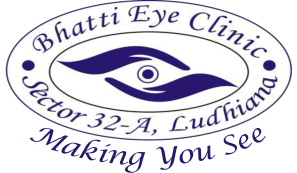Eye Care Services
Your trusted partner for comprehensive eye health, offering expertise, cutting-edge treatments, and personalized care

Computerized Eye Testing:
By using specialized instruments like ARK and Retinoscope we perform a series of lens tests (called a refraction) to determine optimum vision correction.
Our state-of-the-art approach to eye testing involves the utilization of specialized instruments such as the ARK and Retinoscope. These cutting-edge tools enable us to conduct a comprehensive series of lens tests, known as a refraction, in order to precisely identify the optimal vision correction for your individual needs. This thorough and precise examination is an integral part of our commitment to delivering the highest standard of eye care, ensuring your vision is as clear and comfortable as possible.
At Bhatti Eye Clinic, we offer a sophisticated approach to eye testing through our Computerized Eye Testing service. This advanced method utilizes specialized instruments, including the ARK and Retinoscope, to conduct a comprehensive series of lens tests known as a refraction. The result is an accurate and detailed prescription for vision correction, ensuring optimal visual clarity and comfort for our patients. Our commitment to using cutting-edge technology in this process reflects our dedication to providing the highest standard of eye care. We believe that clear and comfortable vision is essential to your overall well-being, and our Computerized Eye Testing service is designed to deliver just that.

Cataract :-
A cataract (safed motia or motia bind in Hindi) is a progressive clouding of the eye’s natural lens. It interferes with light passing through the eye to the retina.
This clouding obstructs the passage of light through the eye, impeding its focus on the retina and causing visual impairment, including blurred vision, decreased color perception, and increased sensitivity to glare.
This clouding impedes the unhindered transmission of light through the eye, leading to a diminished quality of vision as it interferes with the light’s path to the retina. Over time, cataracts can cause visual impairment, making it essential for individuals to seek professional evaluation and treatment options to restore and maintain clear and unobstructed vision. Early detection and appropriate management are crucial in preserving visual acuity and overall eye health.

Glaucoma :-
Glaucoma (Kala Motia in Hindi) is a term describing a group of eye disorders that result in optic nerve damage, often associated with increased eye pressure (IOP).
Glaucoma is a group of eye conditions characterized by elevated intraocular pressure (pressure within the eye) that can damage the optic nerve, leading to progressive vision loss, and potentially blindness if left untreated. It is often associated with symptoms such as gradual peripheral vision loss and can be categorized into different types, including open-angle and angle-closure glaucoma.
The primary cause of glaucoma is an increase in intraocular pressure (IOP), which can damage the optic nerve. The reasons for elevated IOP and the development of glaucoma can vary:
Open-Angle Glaucoma: This is the most common form. The exact cause is not always clear, but it is often associated with a gradual buildup of aqueous humor (the fluid inside the eye) that doesn’t drain properly, leading to increased IOP.
Angle-Closure Glaucoma: This type occurs when the drainage angle of the eye narrows or closes completely, preventing the outflow of aqueous humor. It can be triggered by factors like pupil dilation in low light conditions or certain medications.
Specealities & Trestments
How may we help you?
Our caring team of eye care specialists offers a wide spectrum of eye health services, encompassing everything from standard eye care to advanced diagnosis and treatment of intricate and severe eye conditions.

Cataract
A cataract (safed motia or motia bind in Hindi) is a progressive clouding of the eye’s natural lens. It interferes with light passing through the eye to the retina.

Glaucoma
The management of this blinding disease starts with a clinical suspicion followed by proper diagnosis and treatment.

Astigmatism
Astigmatism arises from a cornea resembling an oval doorknob top, causing uneven curvature, often coexisting with myopia and hyperopia.

Blepharitis
Blepharitis, a common eye condition, results from bacterial overgrowth on eyelids, causing infection due to the eye’s natural microorganisms.
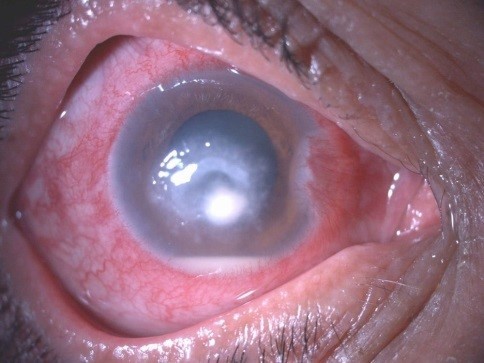
Corneal Ulcers
The front portion of the eye is covered with a thin, transparent membrane called the cornea, which protects the interior of the eye.
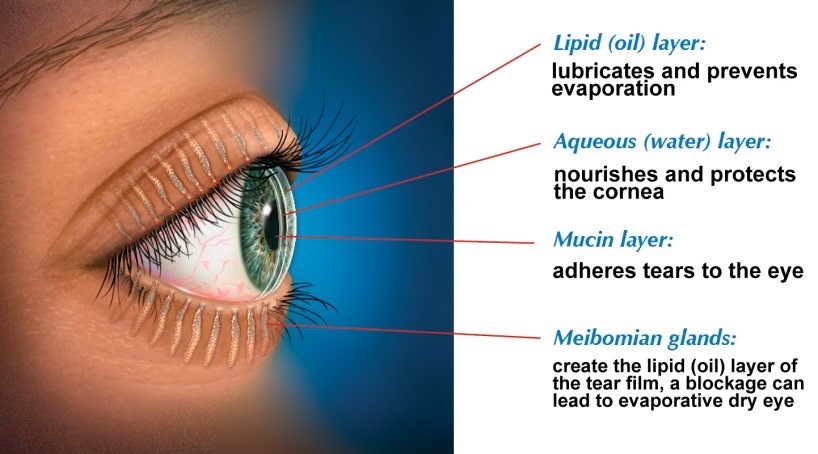
Dry Eye
Tears are constantly being synthesized and they drain through the naso-lacrimal drainage system into the nose.
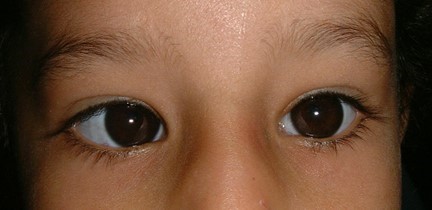
Amblyopia
Amblyopia, or “lazy eye,” is the leading cause of childhood vision issues, as the brain inhibits images from the affected eye.
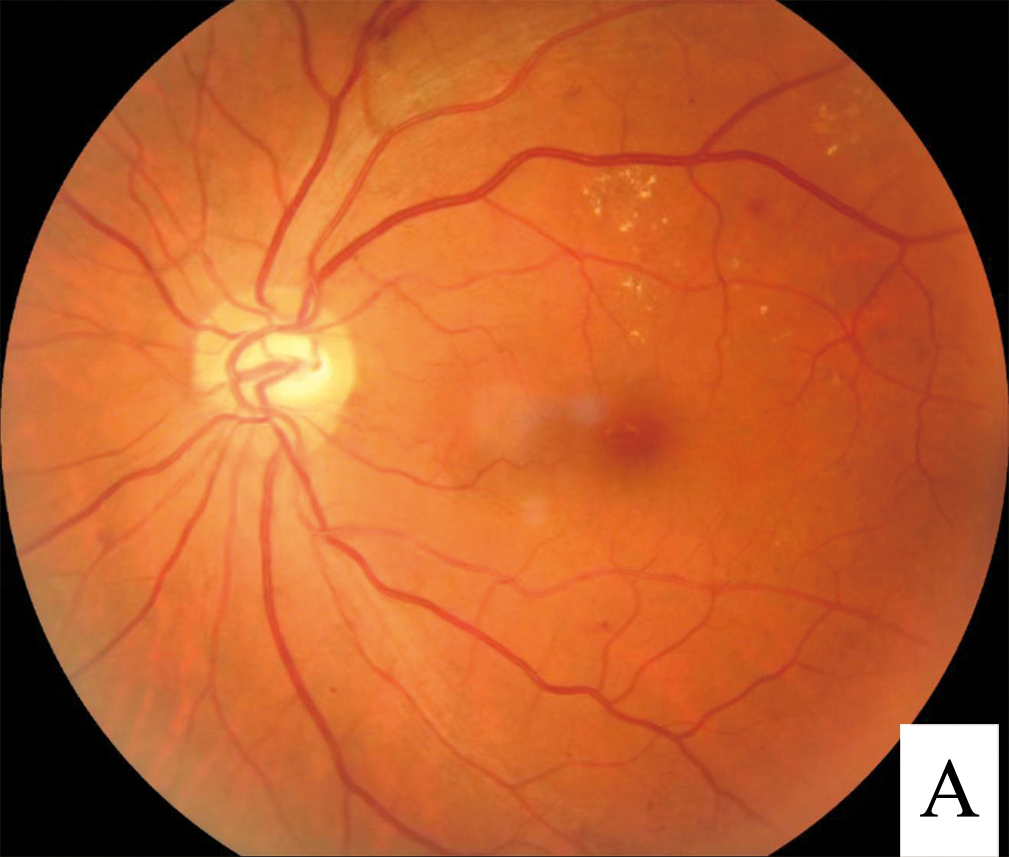
Diabetic Retinopathy
Diabetic retinopathy is an eye condition that can cause vision loss and blindness in people who have diabetes. It affects blood vessels in the retina (the light-sensitive layer of tissue in the back of your eye)
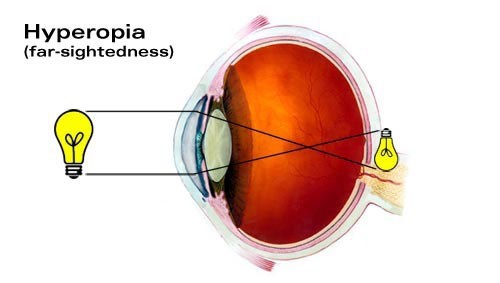
Farsightedness
Hyperopia, unlike normal vision, occurs when the cornea is too flat in relation to the length of the eye.

Lid Lesions and Cysts
Small lesions of the upper and lower eyelids can be removed by us. These lesions may be benign or malignant.

Macular Degeneration
It is a disease of the macula, an area of the retina at the back of the eye that is responsible for fine details of the vision
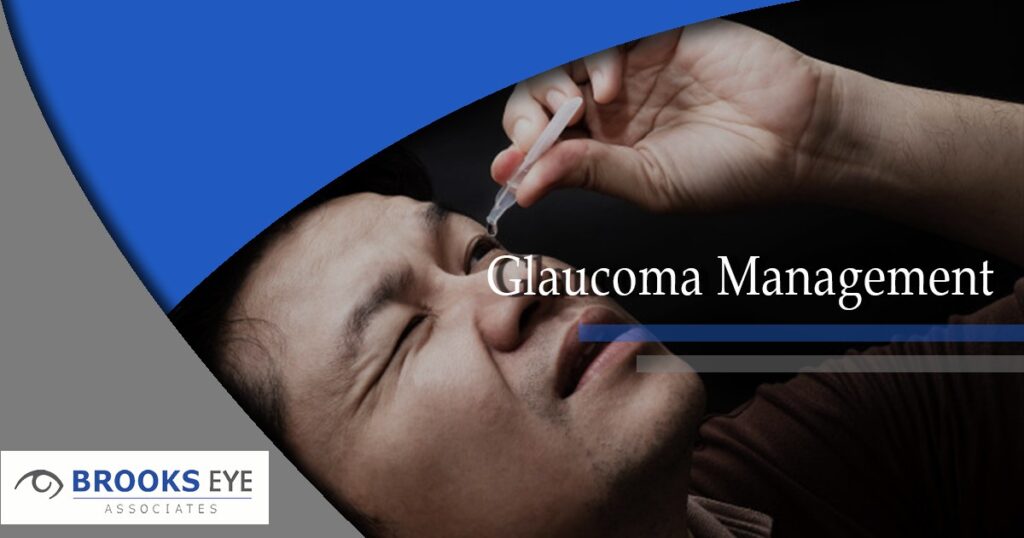
Glaucoma Management
The management of this blinding disease starts with a clinical suspicion followed by proper diagnosis and treatment.

Computer Vision Syndrome
Computer vision syndrome, also referred to as digital eye strain, describes a group of eye- and vision-related problems that result from prolonged computer, tablet, e-reader and cell phone use

